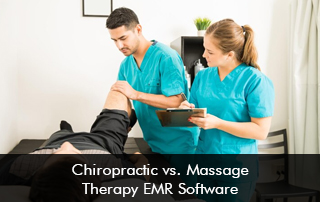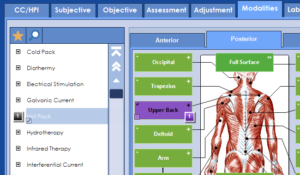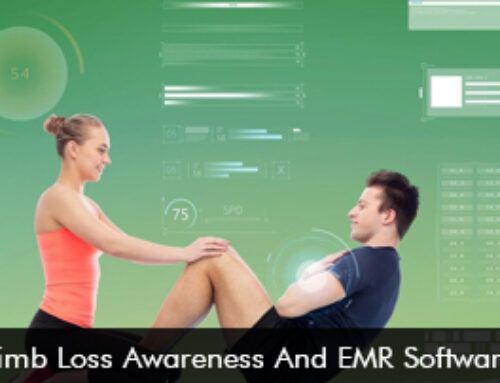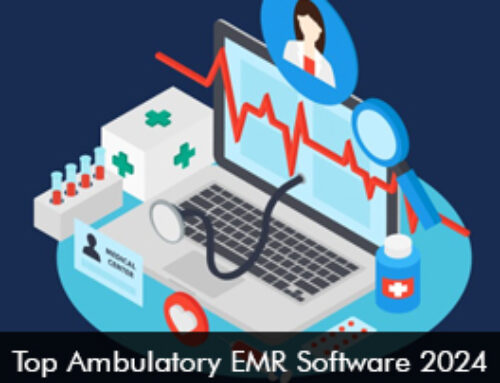EMR software is vital in managing patient records, scheduling appointments, and streamlining administrative tasks for chiropractic and massage therapy practices. However, when it comes to selecting the right software, practitioners often find themselves torn between options. Should they go for software tailored specifically for chiropractic care and those designed for massage therapy? We explore the key differences between chiropractic and massage therapy EMR software to help practitioners make informed decisions.
Understanding the Needs of Chiropractic Practices
Chiropractic care focuses on diagnosing and treating musculoskeletal disorders, primarily through manual adjustments and manipulations. As such, chiropractic EMR software typically includes features tailored to the specific needs of chiropractors. These may include:
-
- Spinal Assessment Tools: Comprehensive tools for documenting spinal examinations, including range of motion, vertebral subluxations, and neurological assessments.
- Treatment Planning: Capabilities for creating personalized treatment plans based on patient assessments and progress.
- SOAP Notes: Structured templates for documenting subjective, objective, assessment, and plan notes, tailored to chiropractic terminology and practices.
- Billing and Coding: Integration with billing and coding systems to streamline insurance claims and reimbursement processes.
- Imaging Integration: Seamless integration with imaging systems for storing and accessing X-rays, MRIs, and other diagnostic images.
Key Features of Massage Therapy EMR Software
Massage therapy focuses on the manual manipulation of soft tissues to relieve tension, improve circulation, and promote overall well-being. EMR software designed for massage therapy practices may include features such as:
-
- SOAP Notes for Massage: Customizable templates for documenting massage therapy sessions, including details on techniques used, areas treated, and client feedback.
- Appointment Scheduling: User-friendly scheduling tools that allow practitioners to manage appointments, send reminders, and track client attendance.
- Client Profiles: Comprehensive databases for storing client information, treatment histories, and preferences for personalized care.
- Invoicing and Payment Processing: Integrated invoicing features for generating bills, processing payments, and tracking financial transactions.
- Compliance and Consent Forms: Built-in tools for managing client consent forms, waivers, and compliance documentation following regulatory requirements.
Integration and Interoperability
Both chiropractic and massage therapy EMR software should prioritize interoperability and seamless integration with other systems and platforms. This includes compatibility with health information exchanges (HIEs), interoperability standards such as HL7 and FHIR, and integration with third-party applications such as accounting software and telehealth platforms. Practitioners should evaluate the compatibility and flexibility of EMR software in terms of data sharing and interoperability with other systems used in their practice.
Customization and Flexibility Through EMR Software
Every chiropractic and massage therapy practice is unique, with specific workflows, preferences, and requirements. Therefore, practitioners should look for EMR software that offers customization options and flexibility to adapt to their individual needs. This may include the ability to create custom templates, modify existing forms, and tailor workflows to match the practice’s processes.
User Experience and Support
Ease of use and reliable customer support are crucial factors to consider when selecting EMR software for chiropractic or massage therapy practices. Intuitive user interfaces, comprehensive training resources, and responsive customer support can significantly impact the adoption and success of the software within the practice. Practitioners should prioritize solutions that offer ongoing support, regular updates, and training opportunities to maximize the value of their investment.
Cost and Affordability of EMR Software
Cost is always a consideration when choosing EMR software for any healthcare practice. Practitioners should evaluate the total cost of ownership, including upfront fees, ongoing subscription or licensing costs, implementation expenses, and any additional fees for training, support, or upgrades. While affordability is important, practitioners should also consider the return on investment (ROI) and long-term benefits of investing in quality EMR software that meets their needs and enhances practice efficiency and patient care.








